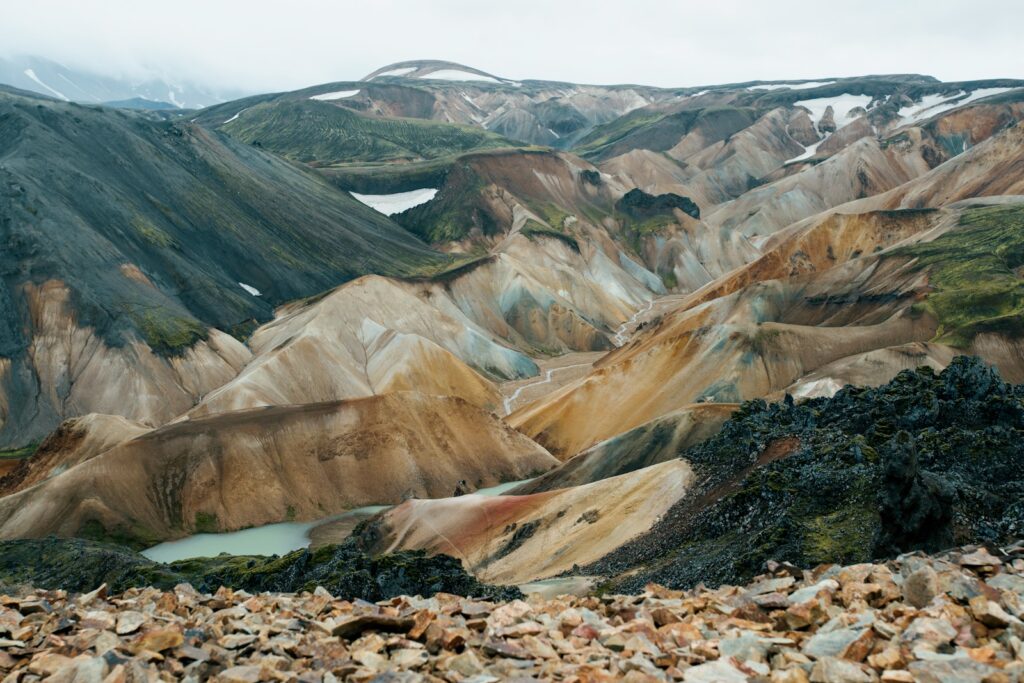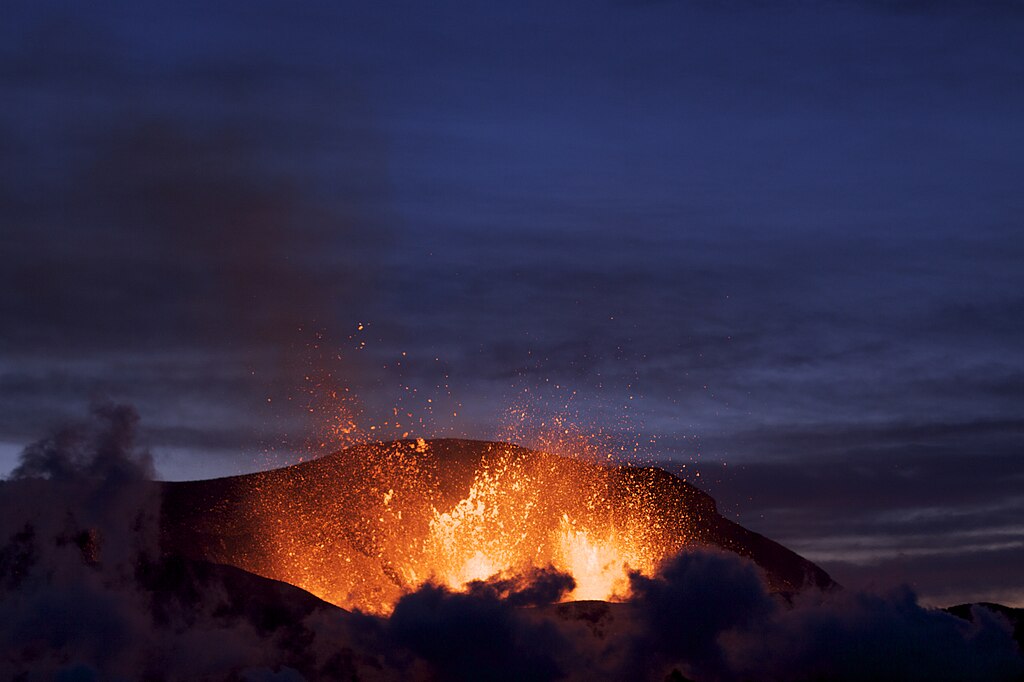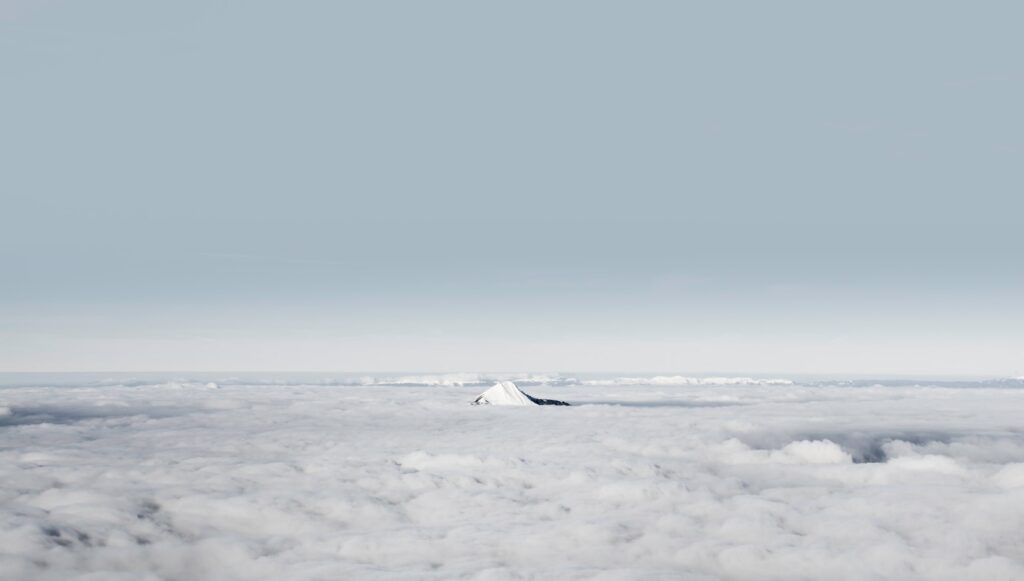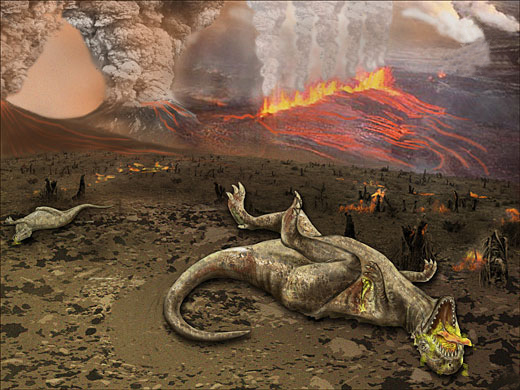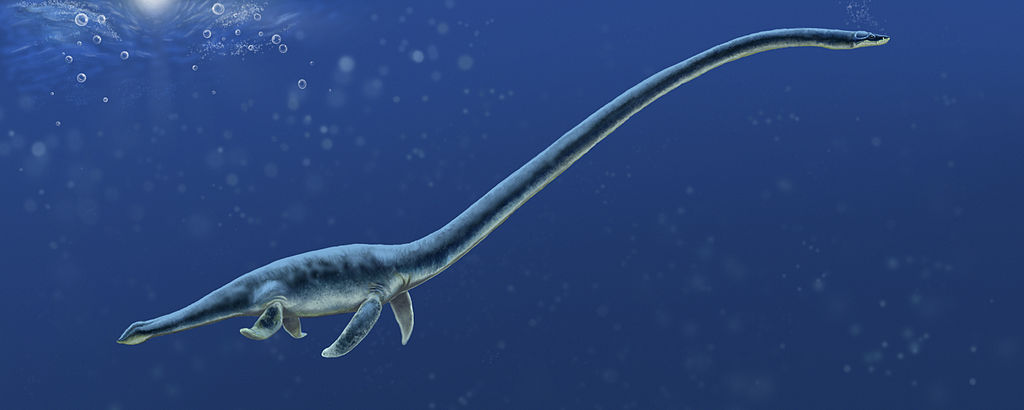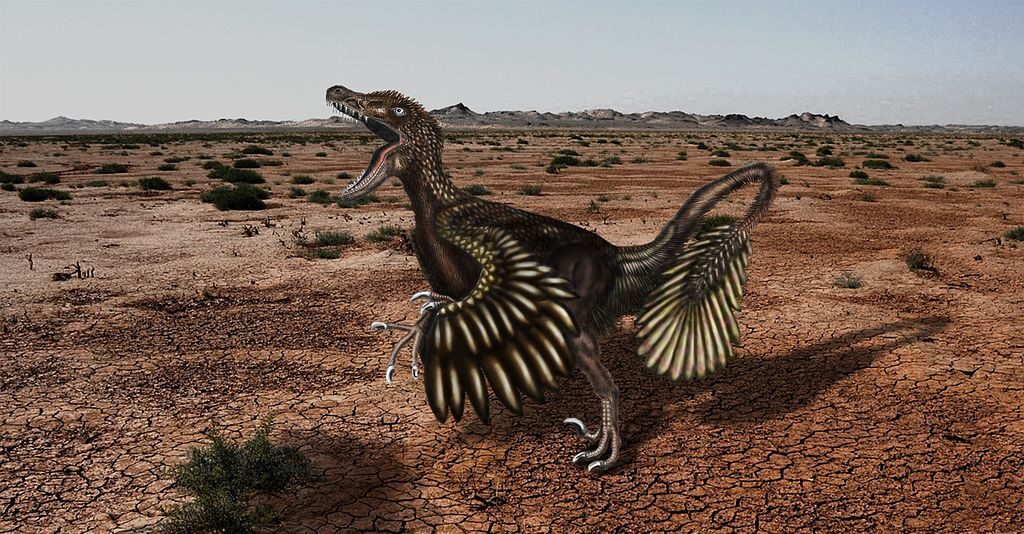What If Dinosaurs Had Never Gone Extinct? The Theories That Might Surprise You
Approximately 66 million years ago, a cataclysmic event forever changed Earth’s evolutionary trajectory. The mass extinction that wiped out non-avian dinosaurs redirected the course of life on our planet, eventually allowing mammals to diversify and humans to emerge. But what if that asteroid had missed Earth or the dinosaurs had somehow survived? This tantalizing alternative ...


